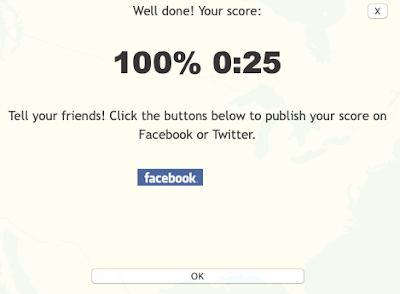1) The top 10 most populous countries are China, India, the United States, Indonesia, Brazil, Pakistan, Nigeria, Bangladesh, Russia and Japan. I think this is interesting because there are some countries that are developed in the list and some that are still developing. In class we have talked about why developing countries with high populations could have issues, such as not having enough food for everyone and not good enough health care.
2) The top 10 least densely populated countries are Green Land, Mongolia, Western Sahara, Australia, Namibia, Ice Land, Mauritania, Guyana, Libya, and Suriname. This fact is interesting because I thought that Australia would have more people than they actually do. But it does make sense for the other countries. We didn't talk about population density in class, but it is the number of people per square mile.
3) The United States is 130th for its population growth rate. The rate is 0.8%. I chose this fact because it is strange that the number would be so small. In class we talked about how developing countries normally have a high population growth rate, so since the US isn't developing the rate would be smaller.
4) The net migration rate for the United States is 3.8 migrants/1000 of the population. The US is 35th in the world. This is interesting to me because I thought more people were migrating to the US. In class we talked about its pull forces such as, health care, jobs, religious freedom, political freedom and peace. Many people come to the US because of the opportunities and rights that they could have, that they don't in their country.
5) The Holy See, the Cocos Islands and the Pitcairn Islands have a zero net migration rate. I chose this fact because I thought that it was cool how they don't have any immigration or emigration. In class we talked about the formulas of the net migration rate, and what might influence the net migration rate.
I think Afghanistan's population will rise rapidly.
I think Brazil's population will rise slowly.


Afghanistan Brazil
I think Australia's population might slowly decline.


Australia Chile

Fiji. I think Chile's population will rise slowly.
I think Fiji's population is rising pretty rapidly.









